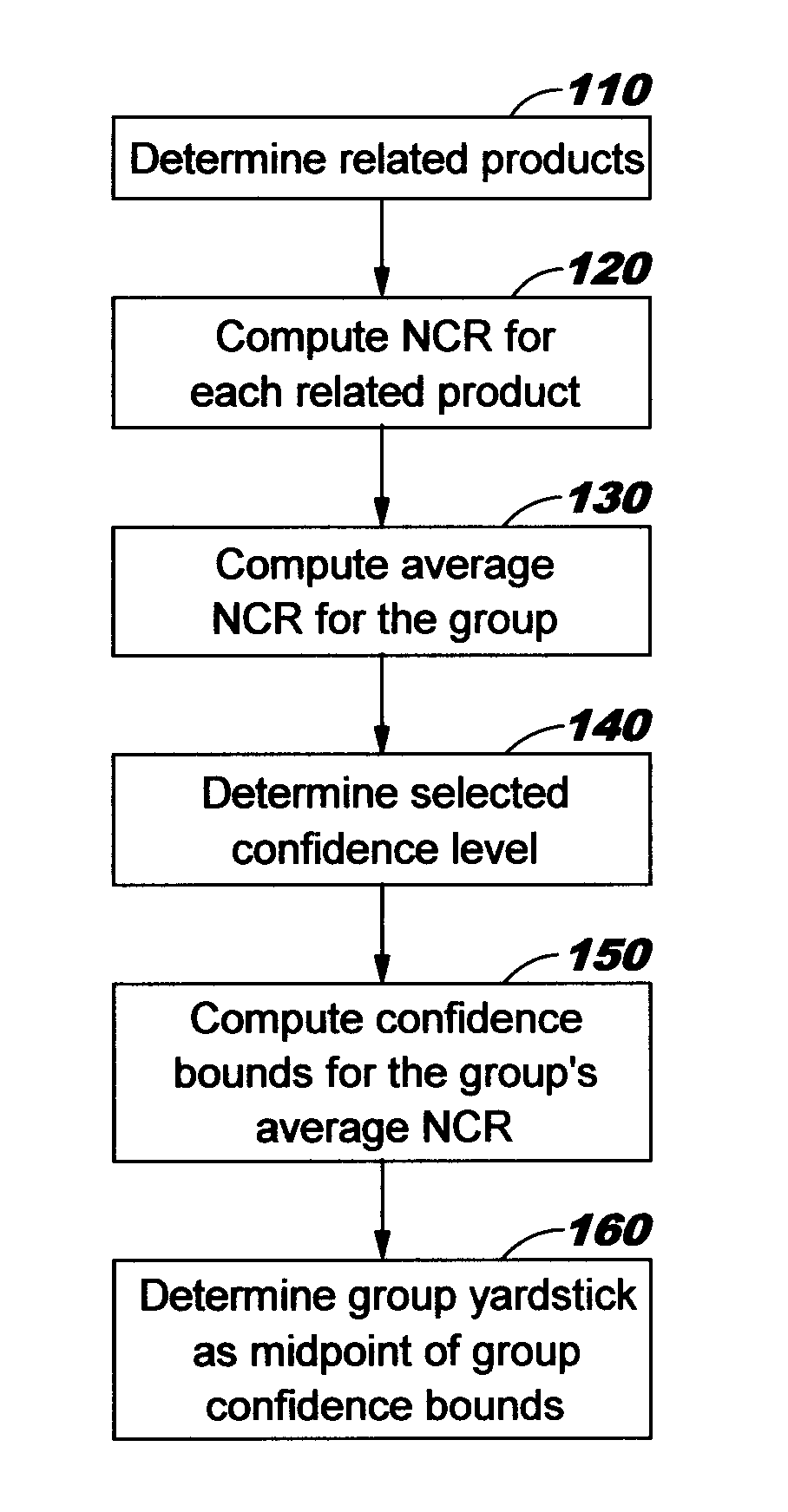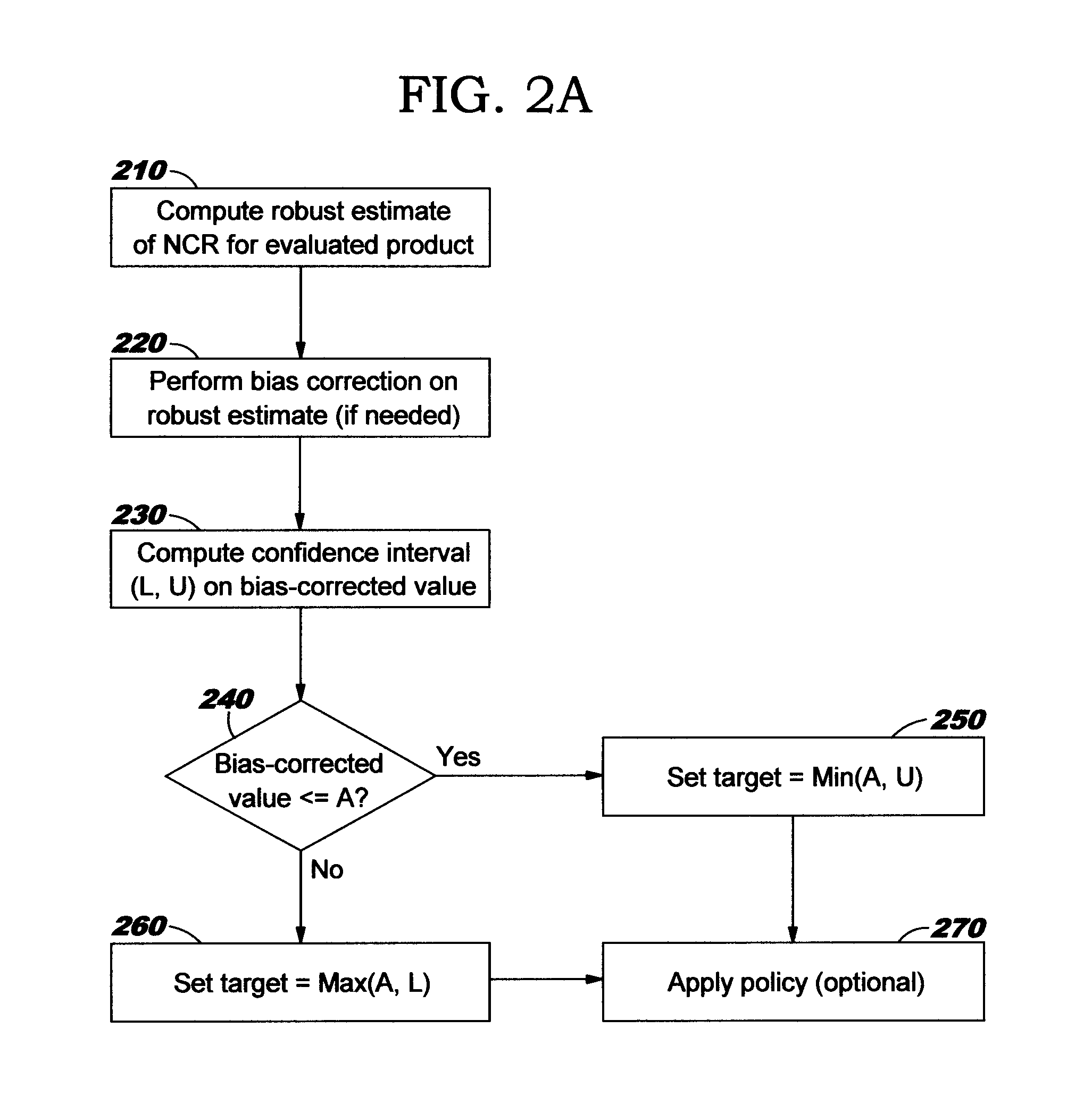Trend-based target setting for process control
- Summary
- Abstract
- Description
- Claims
- Application Information
AI Technical Summary
Benefits of technology
Problems solved by technology
Method used
Image
Examples
Embodiment Construction
[0013]Traditional process control strategies are often based on arbitrary or subjective targets, as noted earlier. Particular business goals or management-directed initiatives may be used as targets, for example, such as “achieve zero defects” or setting a year-to-year continuous improvement requirement. Establishing targets may be a best-effort manual process when using conventional techniques, and organizational targets may be selected somewhat arbitrarily for a baseline, with little thought or analysis as to whether a particular target is valid or suitable for the environment. When targets are over-aggressive or under-aggressive, a business encourages undesirable behavior. A goal of zero defects may be unreasonable and unattainable in some environments, for example, and may result in too narrow focus on specific and obvious deficiencies in process quality that preclude or delay awareness of other salient quality issues. Furthermore, insistence on such goal may lead to employee fr...
PUM
 Login to View More
Login to View More Abstract
Description
Claims
Application Information
 Login to View More
Login to View More - R&D
- Intellectual Property
- Life Sciences
- Materials
- Tech Scout
- Unparalleled Data Quality
- Higher Quality Content
- 60% Fewer Hallucinations
Browse by: Latest US Patents, China's latest patents, Technical Efficacy Thesaurus, Application Domain, Technology Topic, Popular Technical Reports.
© 2025 PatSnap. All rights reserved.Legal|Privacy policy|Modern Slavery Act Transparency Statement|Sitemap|About US| Contact US: help@patsnap.com



